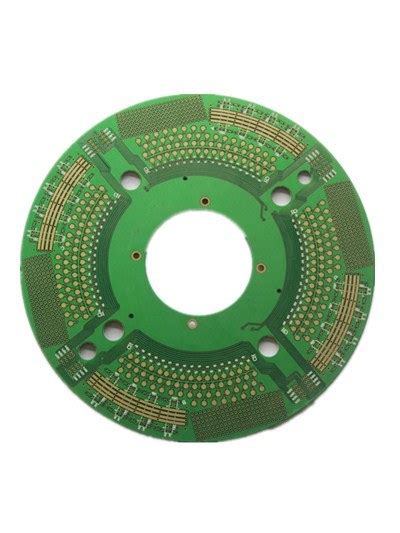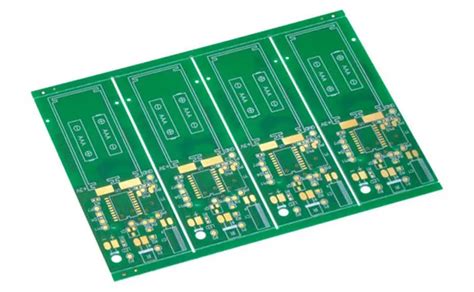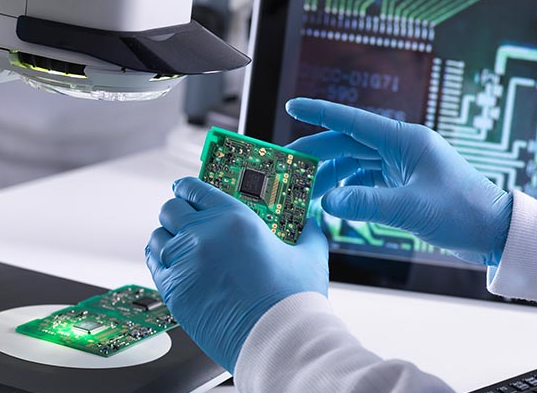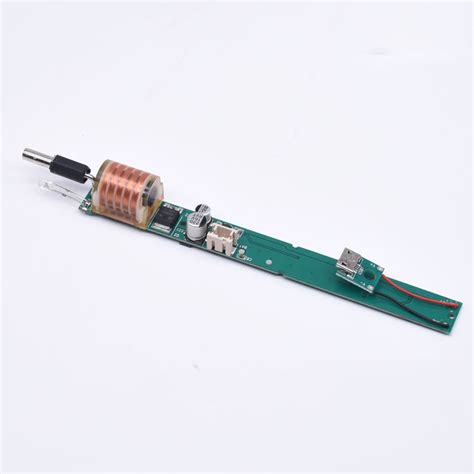PCB Certification: Ensuring Quality and Compliance in Electronics Manufacturing
Introduction
Printed Circuit Boards (PCBs) are the backbone of modern electronics, serving as the foundation for devices ranging from smartphones to industrial machinery. As technology advances, the demand for high-quality, reliable, and compliant PCBs has increased significantly. PCB certification plays a crucial role in ensuring that these boards meet industry standards, regulatory requirements, and performance expectations.
This article explores the importance of PCB certification, the key standards and certifications in the industry, the certification process, and the benefits of certified PCBs for manufacturers and end-users.
1. The Importance of PCB Certification
PCB certification is essential for several reasons:
1.1 Quality Assurance
Certification ensures that PCBs are manufactured to the highest quality standards, reducing defects, failures, and costly recalls.
1.2 Regulatory Compliance
Different industries (e.g., medical, automotive, aerospace) have strict regulations. Certified PCBs comply with international and regional standards, ensuring legal and safety compliance.
1.3 Reliability and Performance
Certified PCBs undergo rigorous testing for durability, thermal resistance, and electrical performance, ensuring long-term reliability.
1.4 Market Competitiveness
Manufacturers with certified PCBs gain a competitive edge, as certification demonstrates adherence to best practices and industry benchmarks.
2. Key PCB Certification Standards
Several organizations and standards govern PCB manufacturing and certification. Below are some of the most important ones:
2.1 IPC Standards
The Association Connecting Electronics Industries (IPC) provides widely recognized standards for PCB design, fabrication, and assembly:
- IPC-A-600: Acceptability of Printed Boards (visual and mechanical quality)
- IPC-6012: Qualification and Performance Specification for Rigid PCBs
- IPC-A-610: Acceptability of Electronic Assemblies (covers soldering and component placement)
2.2 UL Certification (Underwriters Laboratories)
UL is a global safety certification company that tests PCBs for fire resistance, electrical safety, and environmental durability.
- UL 796: Standard for Safety for Printed Wiring Boards
- UL 94: Flammability Testing for Plastic Materials
2.3 ISO Certification
The International Organization for Standardization (ISO) sets quality management standards:
- ISO 9001: Quality Management Systems (QMS)
- ISO 14001: Environmental Management Systems (EMS)
2.4 RoHS & REACH Compliance
- RoHS (Restriction of Hazardous Substances): Limits the use of hazardous materials like lead, mercury, and cadmium.
- REACH (Registration, Evaluation, Authorization, and Restriction of Chemicals): Ensures safe chemical usage in PCBs.
2.5 Military & Aerospace Standards
- MIL-PRF-31032: Military performance specification for PCBs
- AS9100: Aerospace quality management standard
2.6 Automotive Standards
- IATF 16949: Quality management for automotive PCBs
- AEC-Q100: Stress testing for automotive electronics

3. The PCB Certification Process
Obtaining PCB certification involves several steps:
3.1 Design Review
- Ensure the PCB design complies with relevant standards (e.g., IPC-2221 for design guidelines).
3.2 Material Selection
- Use approved materials that meet flammability, thermal, and electrical requirements.
3.3 Manufacturing Process Control
- Implement strict quality control measures during fabrication, including:
- Layer alignment
- Copper thickness verification
- Solder mask application
- Surface finish quality
3.4 Testing and Inspection
- Electrical Testing: Continuity, impedance, and high-voltage testing.
- Environmental Testing: Thermal cycling, humidity resistance, and vibration tests.
- Visual Inspection: Checking for defects like shorts, opens, and solder issues.
3.5 Third-Party Certification
- Submit PCBs to accredited labs (e.g., UL, TÜV, Intertek) for compliance verification.
3.6 Continuous Compliance Monitoring
- Regular audits and retesting to maintain certification.
4. Benefits of Certified PCBs
4.1 For Manufacturers
- Reduced Risk of Failures: Fewer defects and recalls.
- Enhanced Reputation: Certification builds trust with clients.
- Access to Global Markets: Compliance with international regulations.
4.2 For OEMs & Designers
- Reliable Supply Chain: Ensures consistent quality from suppliers.
- Faster Time-to-Market: Pre-compliance testing reduces delays.
4.3 For End-Users
- Safer Products: Certified PCBs minimize risks of electrical hazards.
- Longer Product Lifespan: Higher durability and performance.

5. Challenges in PCB Certification
Despite its benefits, PCB certification presents challenges:
- Cost: Testing and certification can be expensive.
- Complexity: Navigating multiple standards is time-consuming.
- Evolving Standards: Keeping up with regulatory updates requires continuous effort.
To overcome these challenges, manufacturers should:
- Partner with certified PCB suppliers.
- Invest in automated testing equipment.
- Stay updated on industry trends.
6. Future Trends in PCB Certification
As technology evolves, new certification requirements emerge:
- High-Speed PCBs: Stricter signal integrity testing.
- Flexible & Wearable Electronics: New standards for bendable PCBs.
- Sustainability: Eco-friendly materials and recycling compliance.
Conclusion
PCB certification is a critical aspect of electronics manufacturing, ensuring quality, safety, and regulatory compliance. By adhering to standards such as IPC, UL, ISO, and RoHS, manufacturers can produce reliable PCBs that meet the demands of various industries. While certification poses challenges, its benefits—enhanced reliability, market competitiveness, and customer trust—make it indispensable.
As the electronics industry advances, PCB certification will continue to evolve, incorporating new technologies and sustainability requirements. Companies that prioritize certification will lead the market, delivering high-performance PCBs that power the future of innovation.







